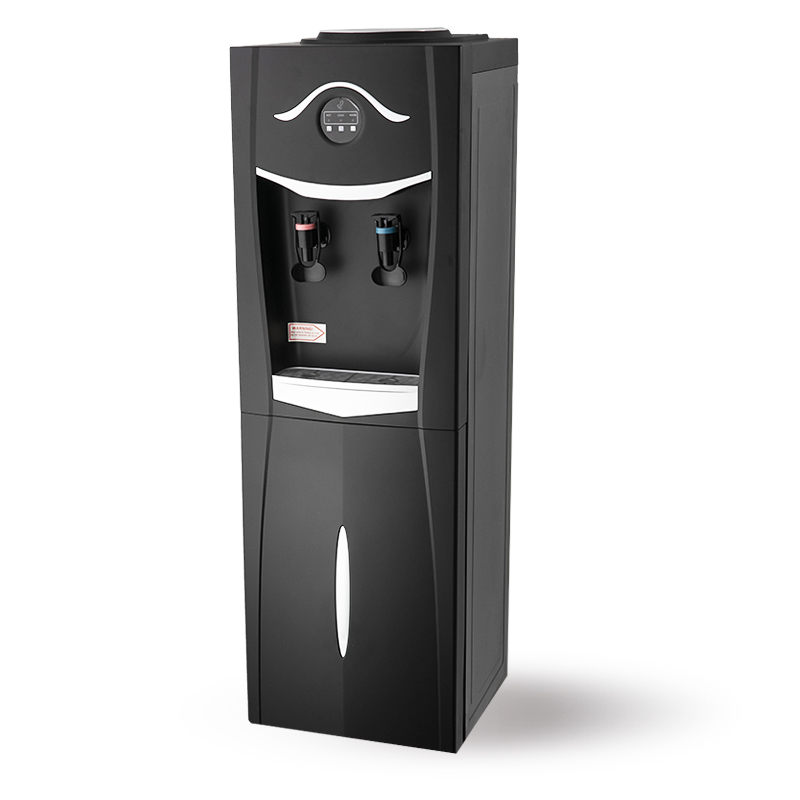Advantages of Reverse Osmosis
2021-03-19
1. Removes bacteria and pathogens in drinking water
Water has biological contaminants which are present in tap water. These bacteria reproduce in our intestines. Some examples of these are Giardia and Cryptosporidium which are harmful bacteria that can cause diseases. And if you happen to drink Giardia-contaminated water, you may acquire fatigue, diarrhea, excessive gas, bloating, loss of interest in food and weight loss. And if you’re diagnosed with Cryptosporidiosis- a disease of the intestinal tract- Cryptosporidium might have already attacked your gastrointestinal system.
2. Better taste and smell
In this process, 98% of chemicals are removed from your drinking water so it will not taste of chlorine anymore. Every day, you’ll enjoy drinking lots of water and it’s definitely good for your health.
3. Reduces the risk of having diseases and illnesses
Chlorine, asbestos, mercury and lead are some of the toxins that can be found in tap water. Reverse osmosis offers defense between the body and the other 2100 known toxins.
4. Children- friendly
Drinking pure water is very important to children’s developing immune systems. Water filters such as reverse osmosis systems provide the healthiest water for them.
5. Quickly hydrates the body
During summer, the weather can be very hot and we tend to perspire more often- even just doing simple activities. And one of the good things about drinking water filtered through a reverse osmosis water filter is that our body quickly absorbs that clean and contaminant-free water.
Disadvantages of Reverse Osmosis
1. Purification Limits
Many RO systems come with carbon pre-filters. That’s because chlorine and Volatile Organic Chemicals (VOC’s) are smaller than water molecules so they can’t be filtered on the reverse osmosis membrane.
2. Speed and Efficiency
RO water filtration systems can only produce 15 gallons per day (gpd). It works against standard osmotic pressure so the reverse osmosis process is fairly slow. And RO units require from 3 to 10 gallons of untreated water to make a single gallon of purified water, which is wasteful and expensive.
3. Maintenance
The checking and maintenance of a reverse osmosis system must be done regularly. You should schedule replacement of its filters to avoid the fouling of the membranes and for best performance. The pre-filters, which protect and extend the life of the membrane, must be changed annually, while the reverse osmosis membrane (thin film composite - TFC) should be replaced every 2-3 years.
Water has biological contaminants which are present in tap water. These bacteria reproduce in our intestines. Some examples of these are Giardia and Cryptosporidium which are harmful bacteria that can cause diseases. And if you happen to drink Giardia-contaminated water, you may acquire fatigue, diarrhea, excessive gas, bloating, loss of interest in food and weight loss. And if you’re diagnosed with Cryptosporidiosis- a disease of the intestinal tract- Cryptosporidium might have already attacked your gastrointestinal system.
2. Better taste and smell
In this process, 98% of chemicals are removed from your drinking water so it will not taste of chlorine anymore. Every day, you’ll enjoy drinking lots of water and it’s definitely good for your health.
3. Reduces the risk of having diseases and illnesses
Chlorine, asbestos, mercury and lead are some of the toxins that can be found in tap water. Reverse osmosis offers defense between the body and the other 2100 known toxins.
4. Children- friendly
Drinking pure water is very important to children’s developing immune systems. Water filters such as reverse osmosis systems provide the healthiest water for them.
5. Quickly hydrates the body
During summer, the weather can be very hot and we tend to perspire more often- even just doing simple activities. And one of the good things about drinking water filtered through a reverse osmosis water filter is that our body quickly absorbs that clean and contaminant-free water.
Disadvantages of Reverse Osmosis
1. Purification Limits
Many RO systems come with carbon pre-filters. That’s because chlorine and Volatile Organic Chemicals (VOC’s) are smaller than water molecules so they can’t be filtered on the reverse osmosis membrane.
2. Speed and Efficiency
RO water filtration systems can only produce 15 gallons per day (gpd). It works against standard osmotic pressure so the reverse osmosis process is fairly slow. And RO units require from 3 to 10 gallons of untreated water to make a single gallon of purified water, which is wasteful and expensive.
3. Maintenance
The checking and maintenance of a reverse osmosis system must be done regularly. You should schedule replacement of its filters to avoid the fouling of the membranes and for best performance. The pre-filters, which protect and extend the life of the membrane, must be changed annually, while the reverse osmosis membrane (thin film composite - TFC) should be replaced every 2-3 years.

The reverse osmosis filtration process is one of the innovative ways that scientists have developed to reuse and produce clean water. Its operation will always depend on the user- whatever brand it is- because just like any other type of equipment, it has strengths and weaknesses. RO filtersshould be maintained regularly to achieve their best performance and to ensure that they will continue to give you and your family safe drinking water.



 English
English 中文简体
中文简体

